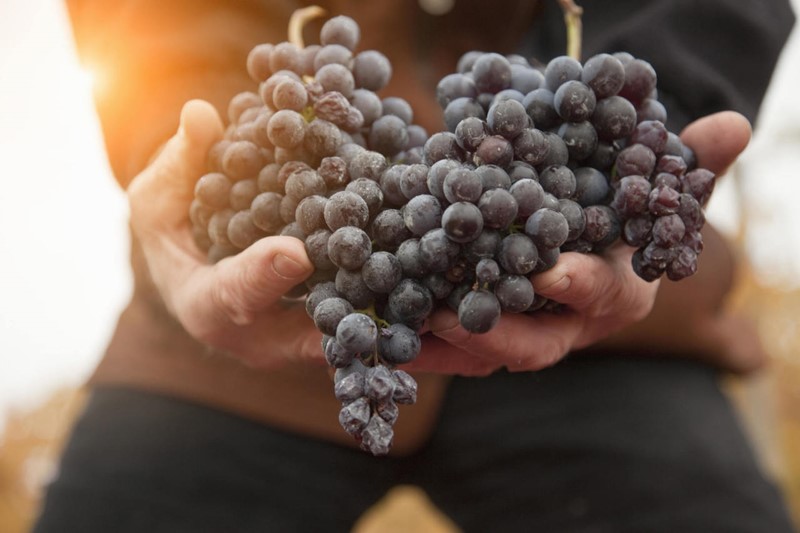
Nebbiolo is a grape variety highly revered in the wine world for its complexity, heritage, and demanding nature. Originating in northern Italy, it is closely associated with regions such as Piedmont and Lombardy, where historic winemakers have shaped its prestigious reputation for centuries. One of the most captivating aspects of Nebbiolo is the intricate balance between its aromatic expression and its robust tannic structure. Its aromatic spectrum often encompasses vibrant notes of red cherry and rose, as well as subtle balsamic undertones, smoky hints, and traces of leather or tar. These features give it a layered, multifaceted character that can evolve significantly over time in the bottle.
Viticulturists often compare Nebbiolo to Pinot Noir because both require precise cultivation techniques and close attention to terroir. Nebbiolo is sensitive to soil composition, temperature fluctuations, and elevation, making it imperative for growers to seek out hillside sites and well-drained soils. In Italy, such vineyard locations are most famously found in the Langhe hills, especially in areas around Barolo and Barbaresco, which have gained worldwide acclaim for producing Nebbiolo wines of remarkable depth and longevity. Outside its birthplace, Nebbiolo has taken root in countries like Argentina, Australia, and the United States. Early Italian immigrants introduced it to the Argentine regions of Cuyo, where they recognized similarities between the warm, sunny climate and the conditions in their homeland. In Australia, regions such as the Yarra Valley, Hilltops, and Adelaide Hills have proved surprisingly hospitable, with winemakers using innovative methods to adapt Nebbiolo to local soils and weather patterns.
One of the central viticultural challenges with Nebbiolo lies in its propensity for vigorous growth. Its canes can extend to great lengths, potentially reaching up to three meters, necessitating frequent pruning to maintain balanced vine structure and to support airflow around the clusters. Proper canopy management is essential, as overcrowded vines limit light penetration, reduce airflow, and increase the risk of fungal diseases. Another defining feature of Nebbiolo is its prolonged ripening cycle, which requires harvest typically toward the latter part of the season. In traditional Piedmontese vineyards, the grapes are often picked when early morning mists drift through the valleys, inspiring the belief that the name Nebbiolo may derive from the Italian word for fog, "nebbia." Some historians suggest it comes from the natural bloom or haze on the grape skins, while others contend it refers to its noble standing among older monarchs and aristocrats.
Once in the cellar, Nebbiolo demands extensive patience on the part of winemakers and consumers alike. Its powerful tannins and naturally high acidity can dominate a young wine, yet with time, these elements integrate, allowing the texture to soften and the complexity of aromas to expand. This aging process can continue for many years, ultimately yielding wines of substantial elegance. Growers have identified different clones of Nebbiolo, including Nebbiolo Lampia, Nebbiolo Michet, and Nebbiolo Bolla, all genetically identical yet displaying slight variations in their growth habits and flavor profiles. Regardless of the individual clone or the region where it is grown, Nebbiolo retains its distinctive personality, reflecting both centuries of Italian tradition and the subtle nuances of the soils and climates where it has found a home.
Founded in 2007, Vinetur® is a registered trademark of VGSC S.L. with a long history in the wine industry.
VGSC, S.L. with VAT number B70255591 is a spanish company legally registered in the Commercial Register of the city of Santiago de Compostela, with registration number: Bulletin 181, Reference 356049 in Volume 13, Page 107, Section 6, Sheet 45028, Entry 2.
Email: [email protected]
Headquarters and offices located in Vilagarcia de Arousa, Spain.